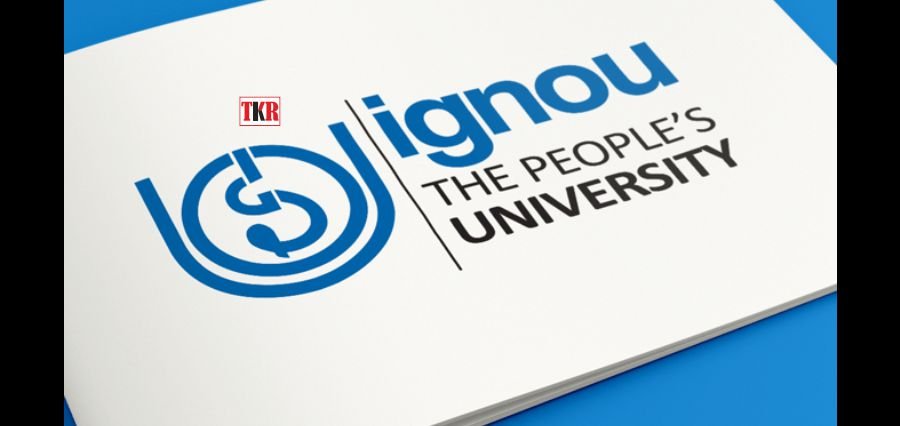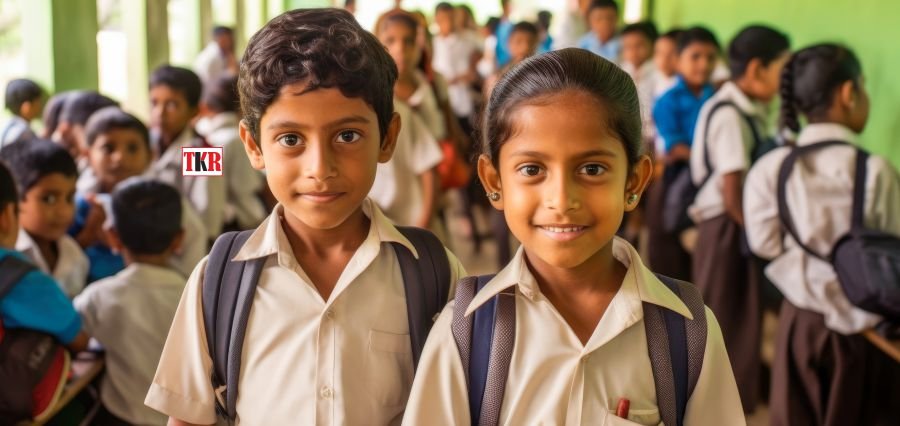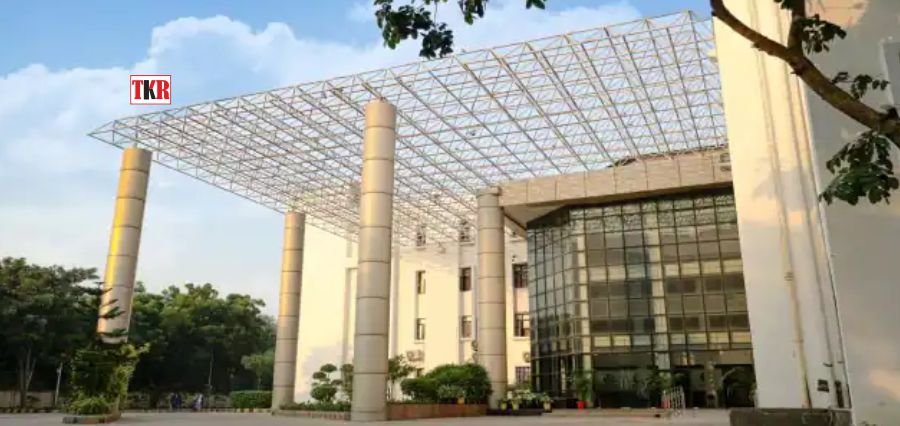Liberal arts education has long been seen as a solitary pursuit within academic walls, seemingly distant from the pressing issues of the world. However, the advancing domain demands a re-evaluation of its role. There’s a growing recognition of the need to bridge the gap between theory and practice fostering a more engaged liberal arts education.
This shift emphasizes the importance of community engagement. Students can apply their knowledge in real-world settings by integrating service-learning opportunities into the curriculum. Working alongside community organizations tackles social issues firsthand, fostering empathy and a sense of civic responsibility. This benefits the community and deepens student learning. Critical thinking skills are honed as students grapple with complex social problems, while communication and collaboration strengthen as they work alongside diverse community members.
Ultimately, a more engaged liberal arts education fosters graduates who are well-versed in various disciplines and equipped to be active and responsible citizens. They possess the critical thinking skills, empathy and problem-solving abilities needed to address societal challenges and drive meaningful social impact. This reimagined liberal arts education becomes a powerful tool for individual growth and for collective progress.
Let’s know more about the concept of community engagement in the context of liberal arts education, highlighting the importance of extending learning beyond the ivory tower to create tangible benefits for society!
The Importance of Community Engagement in Liberal Arts
Community engagement is integral to the mission of liberal arts education for several reasons:
- Real-World Application: Community engagement provides students with opportunities to apply theoretical knowledge to real-world contexts, enhancing their understanding and fostering practical skills.
- Promoting Civic Responsibility: By engaging with communities, students develop a sense of civic responsibility and empathy, becoming active participants in addressing societal challenges.
- Enhancing Learning Outcomes: Experiential learning through community engagement enriches students’ educational experiences, leading to deeper learning and personal growth.
Challenges and Barriers to Community Engagement
Despite its benefits, community engagement in liberal arts education faces challenges:
- Resource Constraints: Limited funding and institutional support can hinder efforts to establish sustainable community partnerships and initiatives.
- Logistical Complexities: Overcoming logistical barriers such as transportation, scheduling, and coordination with community organizations requires dedicated effort and resources.
- Perceived Academic Priorities: Some stakeholders may prioritize academic rigor and disciplinary excellence over community engagement, posing challenges for integrating engagement into curricular and co-curricular activities.
Strategies for Effective Community Engagement
To maximize the impact of community engagement in liberal arts education, institutions can adopt strategic approaches:
- Establishing Partnerships: Cultivating meaningful partnerships with local organizations, nonprofits, and government agencies facilitates collaborative projects and initiatives.
- Integrating Service-Learning: Incorporating service-learning components into courses allows students to apply academic concepts while addressing community needs.
- Supporting Faculty and Student Initiatives: Providing faculty and students with resources, training, and recognition for community engagement initiatives encourages sustained involvement and impact.
Successful Community Engagement Initiatives
Several liberal arts institutions have implemented innovative community engagement programs:
- Community-Based Research Projects: Students collaborate with community partners to conduct research on local issues, contributing valuable insights and recommendations for action.
- Public Service Internships: Internship programs connect students with public service agencies, providing hands-on experience and fostering professional development.
- Civic Engagement Events: Workshops, forums, and public lectures promote dialogue and civic engagement on pressing social issues within and beyond the campus community.
Advancing Social Impact
Moving beyond the ivory tower, liberal arts education can drive meaningful social impact by:
- Empowering Students as Change Agents: Equipping students with the knowledge, skills, and motivation to become active contributors to positive social change.
- Addressing Local and Global Challenges: Engaging with communities allows students and faculty to address complex societal challenges, such as poverty, inequality, environmental sustainability, and social justice.
Conclusion
Rethinking community engagement and social impact in liberal arts education is essential for fostering inclusive, ethical, and socially responsible citizens. By extending learning beyond the confines of academia and embracing partnerships with communities, liberal arts institutions can empower students to become agents of positive change. Looking ahead, the future of liberal arts education lies in its ability to cultivate meaningful connections between theory and practice, preparing students to address real-world challenges with empathy, creativity, and critical thinking.
The future of community engagement in liberal arts education will be characterized by innovative approaches that integrate community-based learning into the curriculum, embrace interdisciplinary collaboration, and leverage technology to amplify impact. By prioritizing community engagement and social impact, liberal arts institutions can position themselves as catalysts for transformative change, bridging the gap between academic knowledge and societal needs in an increasingly interconnected world.





